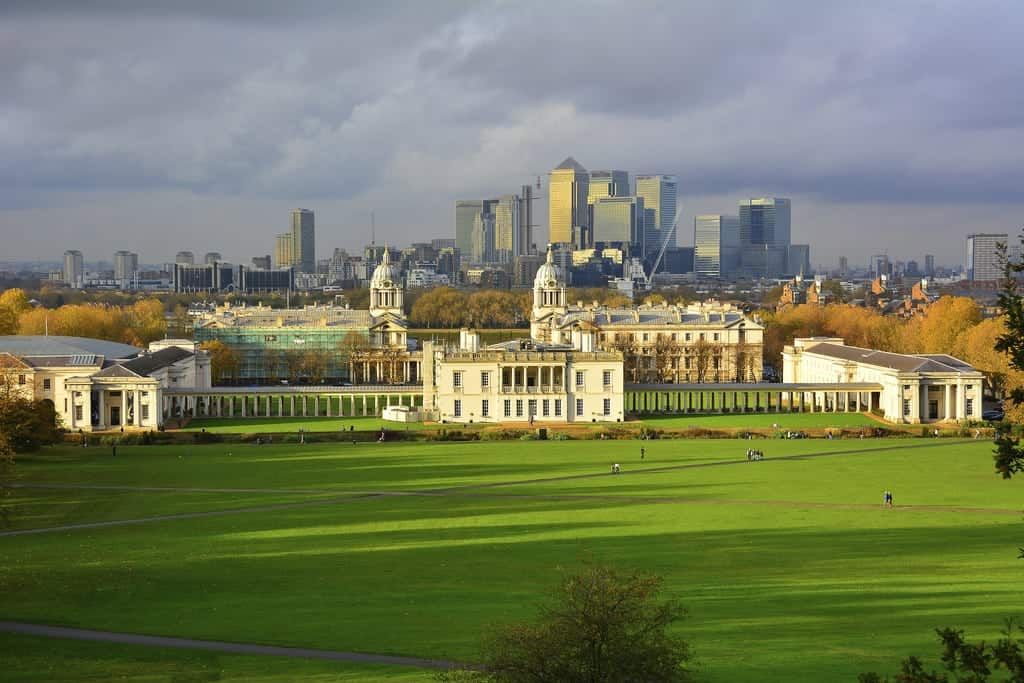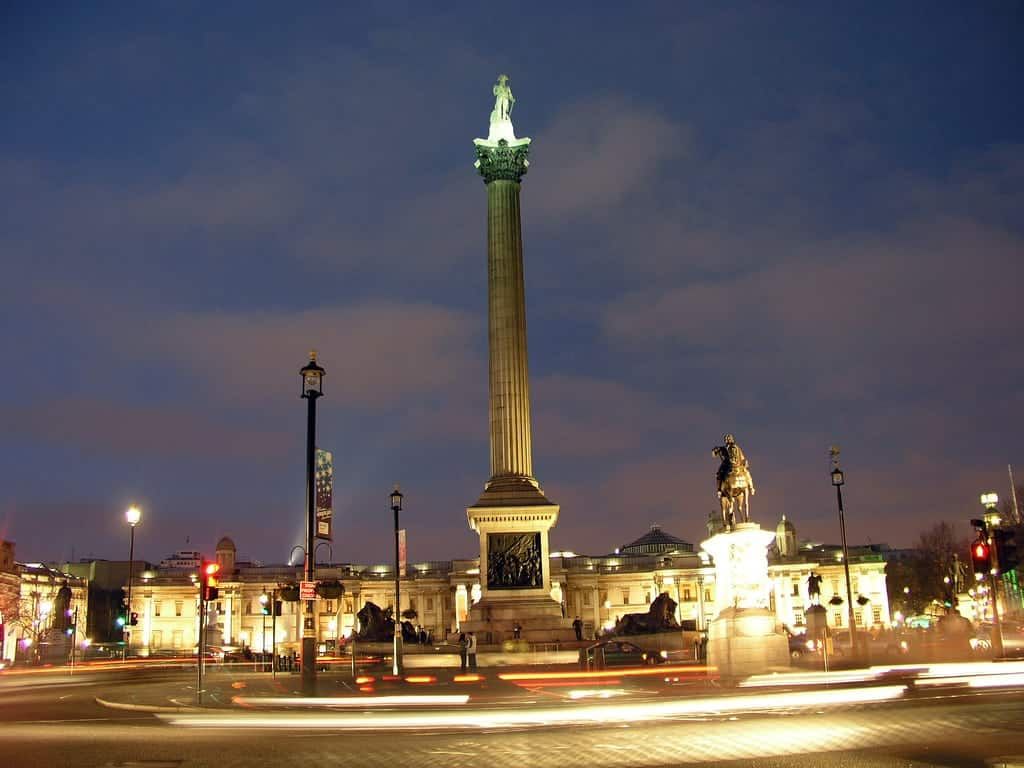A large fragment of the Union Jack flown from Lord Nelson’s flagship at the Battle of Trafalgar is to go under the hammer for an expected £100,000.
The historic piece was said to been one of two flown from HMS Victory when Lord Horatio Nelson was shot by a French sniper in 1805.
Admiral Nelson had issued orders that all his ships going into battle should not only fly the St George’s Ensign but also a Union Jack from their fore top-gallant stay.
HMS Victory flew two Union flags and a St George’s Ensign, which were returned to England with the ship and the body of Nelson.
These battle ensigns formed part of the ceremonials that marked his state funeral in January 1806.
His body lay in state at the Painted Hall at Greenwich for four days before processing upriver in a funeral barge with a flotilla of naval escorts, disembarking at Whitehall Stairs and resting overnight in the Admiralty.

The following day, 9 January, a vast procession followed Nelson’s remains to St Paul’s Cathedral with a funeral cortege including 48 seamen and Marines from HMS Victory, who bore with them the ship’s three battle ensigns.
But at the end of the funeral before folding the flags and placing them on the coffin, those who had served under Nelson had torn off a considerable part of the largest flag to share among them as a memento.
Most of the surviving fragments are smaller in size and have appeared at auction while similar fragments are found at the National Maritime Museum and other collections.
Only two complete Union Jacks used as battle ensigns at Trafalgar survive, one from HMS Minotaur held by the National Maritime Museum and the other from HMS Spartiate sold at auction for £384,000 in 2009.
The 86cm by 92 cm fragment forms part of the bottom-right or top-left quadrant of the Union flag.
It comprises of eight panels of red, white and blue hand-woven woollen bunting, hand-stitched together with a hem turned over enclosing 46cm of twine crudely torn at the edges.
It belonged to “Captain W.H. Dobbie, RN”, presumably William Hugh Dobbie who served in the East Indies Station from 1790 to 1808 and was gifted by him to the Museum of the Royal United Services Institute.
It has an estimate of £80,000 to £100,000 is to be auctioned as part the latest “Of Royal and Noble Descent” sales at Sotheby’s in London on January 17.
It forms part of a group of 79 lots entirely dedicated to Nelson, Trafalgar and the British great maritime tradition.

A number of these objects would have been with Nelson at his final hour are also offered for sale including his grog chest with a cased set of fine decanters from his cabin with an estimate of £35,000 to £45,000.
Other personal items include his engraved glassware, each estimated at £12,000 to 18,000 and a pair of silver sauce tureens emblazoned with his coat of arms with an estimate £30,000 to £50,000.
Love letters Nelson sent to his mistress Lady Hamilton, shedding light on a liaison that scandalised 18th-century England written between 1801 and 1803 are also to go under the hammer
In all, there are 256 royal and aristocratic heirlooms up for sale.
Sotheby’s Senior Specialist in Continental Furniture João Magalhães said: “Four years in the making, our “Of Royal and Noble sale” sales have become an unmissable event for art lovers looking equally for fantastic property with great provenance and whimsical objects with a great story to tell.
“This year, we are delighted to have been entrusted with a collection celebrating Britain’s hero, Nelson, which not only contains fragments of history, such as the Victory Jack, but also treasured items, from paintings and sculpture to porcelain and silver tracked down for their links to Britain’s rich nautical past.
“Highlights in the sale also include table services which belonged to prominent families, important furniture and a replica set of the British Crown jewels.”
RELATED
https://www.thelondoneconomic.com/news/business/dropshipping-tips-grow-successful-business/08/01/

